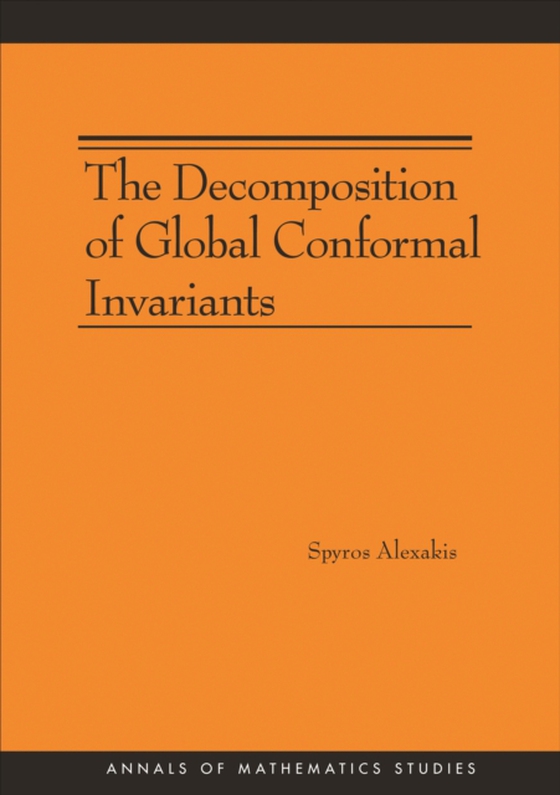
Decomposition of Global Conformal Invariants (AM-182) e-bog
692,63 DKK
(inkl. moms 865,79 DKK)
This book addresses a basic question in differential geometry that was first considered by physicists Stanley Deser and Adam Schwimmer in 1993 in their study of conformal anomalies. The question concerns conformally invariant functionals on the space of Riemannian metrics over a given manifold. These functionals act on a metric by first constructing a Riemannian scalar out of it, and then integ...
E-bog
692,63 DKK
Forlag
Princeton University Press
Udgivet
6 maj 2012
Længde
568 sider
Genrer
PBMP
Sprog
English
Format
pdf
Beskyttelse
LCP
ISBN
9781400842728
This book addresses a basic question in differential geometry that was first considered by physicists Stanley Deser and Adam Schwimmer in 1993 in their study of conformal anomalies. The question concerns conformally invariant functionals on the space of Riemannian metrics over a given manifold. These functionals act on a metric by first constructing a Riemannian scalar out of it, and then integrating this scalar over the manifold. Suppose this integral remains invariant under conformal re-scalings of the underlying metric. What information can one then deduce about the Riemannian scalar? Deser and Schwimmer asserted that the Riemannian scalar must be a linear combination of three obvious candidates, each of which clearly satisfies the required property: a local conformal invariant, a divergence of a Riemannian vector field, and the Chern-Gauss-Bonnet integrand. This book provides a proof of this conjecture. The result itself sheds light on the algebraic structure of conformal anomalies, which appear in many settings in theoretical physics. It also clarifies the geometric significance of the renormalized volume of asymptotically hyperbolic Einstein manifolds. The methods introduced here make an interesting connection between algebraic properties of local invariants--such as the classical Riemannian invariants and the more recently studied conformal invariants--and the study of global invariants, in this case conformally invariant integrals. Key tools used to establish this connection include the Fefferman-Graham ambient metric and the author's super divergence formula.
 Dansk
Dansk

